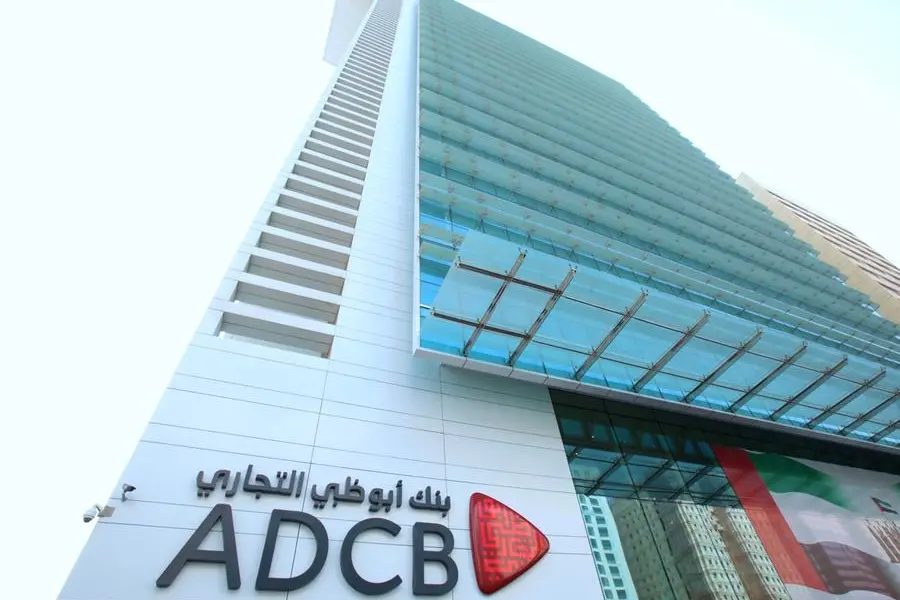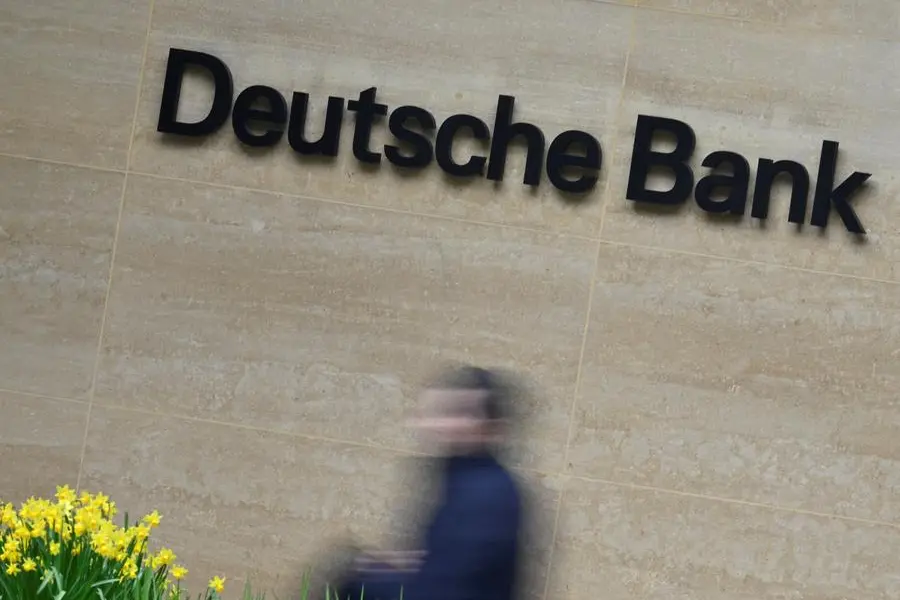Today, the world catches a cold when any globalized economy sneezes. The protracted Russia-Ukraine conflict is perhaps a good example in this regard. Just as the global economy escaped the clutches of an unprecedented crisis in COVID-19, it got caught in the whirlwind of tense geopolitics in 2022. Consequently, economic recovery fell short of expectations, leading to cycles of inflation-related interest-rate hikes.
The events affected the Middle East differently compared with other globalized economies in the West and the Far East. The geopolitical climate tilted the energy equation in favour of regional OPEC members. The robust oil economics, combined with the favourable geopolitical situation, business-friendly initiatives, and progressive reforms, elevated the region’s global standing. Heading into 2023, with the pandemic waning in the public discourse, there is much to look forward to. That said, the optimism should not betray the financial lessons that the global economy exuded in 2022.
Focus on fundamentals
At this juncture, while recessionary tell-tale signs become more pronounced with job cuts and downbeat corporate financials—although market responses defy historic patterns – there is room for some levity, courtesy of Walt Disney: “I've heard there's going to be a recession, but I've decided not to participate.” Though seemingly tongue-in-cheek, Disney’s quote carries some merit in today’s context because the irrational fear of recession can be more damaging than the effect itself. Unlike in previous instances, the imminent recession, if any, is expected to impact global financial markets differently and unevenly.
On the flip side, the high real rates could find some relief in 2023 as Central Banks ease their hawkish stance. That, in turn, could see an uptick in asset classes such as fixed-income instruments. Meanwhile, the good probability of international peace — with the growing prospect of a ceasefire between Ukraine and Russia — could induce buoyancy in global financial markets. Investors could capitalize on market stability to gain strategic exposure to ESG-linked funds, private equity and credit, energy and healthcare stocks, renewables, and commodities, hoping to rake in long-term returns, notwithstanding short-term volatilities.
While there is no definite telling as to the direction of the global financial market in 2023, one aspect that goes uncontested is the need to focus on fundamentals. If anything, the year 2022 exemplified how there is always room for value creation, irrespective of external financial circumstances. That is perhaps where the companies in the Middle East are excelling — focusing on core competencies, aligning business goals with regional priorities, and staying the course. Such attributes could draw global “investment migration” to the Middle East, where liveability, knowledge, innovation, and ease-of-doing-business quotients are gaining each year.
Staying resilient
In 2023, businesses in the Middle East must double down on their core strengths instead of formulating reactionary policies to market shocks. It is important to subscribe to the notion that economic cycles are temporary; value creation is perennial. If one needn’t fix what isn’t broken, then there is no need for knee-jerk reactions to a “maybe” recession. Instead, the status quo calls for recession-proofing through proactive measures, including but not limited to budget optimization, liquidity enhancement, flexible SLAs, effective risk assessment, and the adoption of agile methodologies.
Discerning conglomerates and investors are hence increasingly re-balancing and diversifying their portfolios, mostly seeking transnational opportunities and exposure to emerging markets and asset classes. Such persons believe there is always calculation in chaos, enabling them to stay resilient in the face of economic headwinds. In the Middle East, such pragmatism is institutionalized — which enabled nations such as the UAE and Qatar to successfully host landmark events, the World Expo and the FIFA World Cup, respectively. Notwithstanding the disruptions to supply chains, travel, and global trade, regional economies stayed the course, persevered, and emerged successful.





















